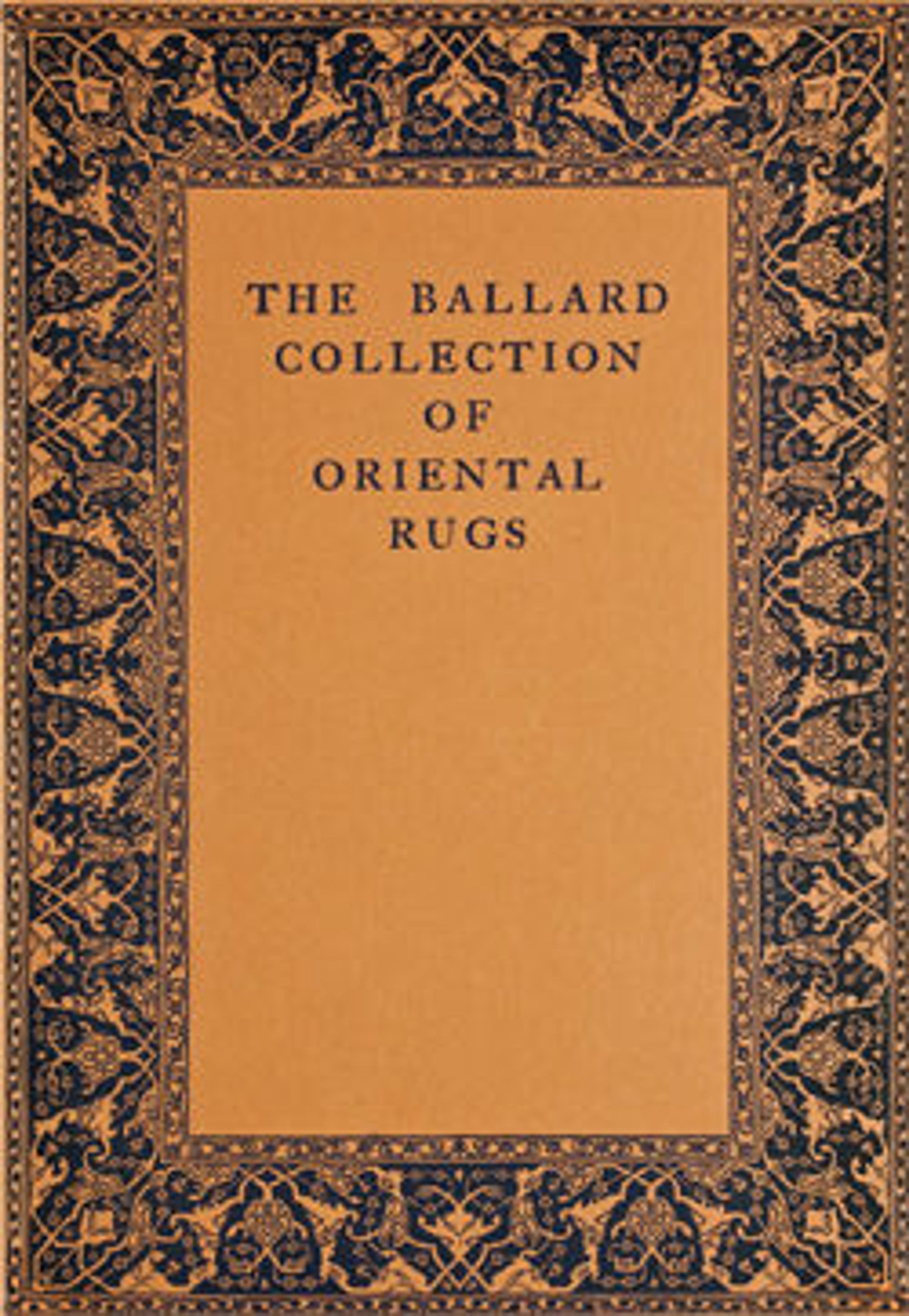Tekke Main Carpet
Large rectangular carpets such as this one, the most important and expensive weavings created by every Turkmen tribe, are referred to as ‘main carpets.’ They were the primary floor covering used in Turkmen tents, and were decorated with the main gul, the most important symbol used for each tribe. The nomadic Turkmen of Central Asia are renowned for their technically skilled and visually dramatic weaving. This carpet can be attributed to the Tekke subgroup of the Turkmen nomads based on the specific form of the gul motifs, which are unique to each tribal unit. The skill of the Turkmen weavers can be seen in the expertly conceived and meticulously executed design of this carpet.
Artwork Details
- Title:Tekke Main Carpet
- Date:early 19th century
- Geography:Attributed to Turkmenistan, Central Asia
- Medium:Wool (warp), wool (weft and pile); asymmetrically knotted pile
- Dimensions:H. 110 in. (279.4 cm)
W. 72 1/2 in. (184.2 cm) - Classification:Textiles-Rugs
- Credit Line:The James F. Ballard Collection, Gift of James F. Ballard, 1922
- Object Number:22.100.45
- Curatorial Department: Islamic Art
More Artwork
Research Resources
The Met provides unparalleled resources for research and welcomes an international community of students and scholars. The Met's Open Access API is where creators and researchers can connect to the The Met collection. Open Access data and public domain images are available for unrestricted commercial and noncommercial use without permission or fee.
To request images under copyright and other restrictions, please use this Image Request form.
Feedback
We continue to research and examine historical and cultural context for objects in The Met collection. If you have comments or questions about this object record, please contact us using the form below. The Museum looks forward to receiving your comments.
